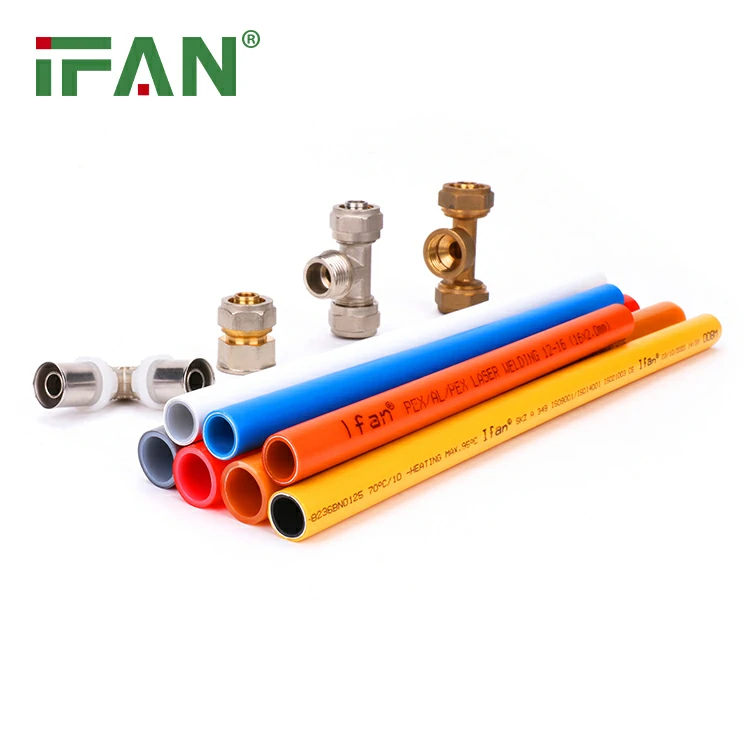Material Composition:
PEX A and PEX B are both types of cross-linked polyethylene, but they undergo different manufacturing processes. PEX A is produced using the Engel method, which results in a more uniform and consistent molecular structure. While PEX B is manufactured using the Silane method, leading to a slightly different molecular arrangement.
Flexibility and Durability:
PEX A is known for its superior flexibility, making it easier to install in tight spaces and around corners without the need for additional fittings. It also exhibits greater resistance to freezing and bursting, making it an ideal choice for cold climates. On the other hand, PEX B is slightly less flexible but still offers excellent durability and reliability in plumbing applications.
Ease of Installation:
Due to its enhanced flexibility, PEX A is generally easier and faster to install compared to PEX B. Its ability to expand and contract without compromising integrity allows for seamless connections and reduces the risk of leaks or failures during installation.
Cost Considerations:
PEX B is often more affordable than PEX A, making it a preferred choice for budget-conscious projects. While PEX A may have higher upfront costs, its superior performance and longevity may justify the initial investment in the long run, especially in applications where durability and reliability are critical.
Resistance to Chemicals and Chlorine:
PEX A has been shown to exhibit better resistance to chemicals and chlorine than PEX B. Making it suitable for use in applications where water quality is a concern. This resistance helps maintain the integrity of the pipe and prolongs its lifespan in harsh water conditions.
Expansion and Contraction:
Both PEX A and PEX B are designed to accommodate thermal expansion and contraction. But PEX A typically has greater flexibility in this regard. Its ability to expand up to three times its original diameter allows for greater tolerance to temperature fluctuations. Reducing the risk of pipe damage in extreme conditions.
Compatibility with Fittings:
While both PEX A and PEX B are compatible with a wide range of fittings. PEX A’s enhanced flexibility and dimensional stability make it easier to work with and less prone to leaks at connection points. This ensures a more reliable and secure plumbing system overall.
Long-Term Performance:
PEX A is often preferred for its long-term performance and reliability, as its molecular structure provides greater resistance to stress cracking and brittleness over time. This can result in fewer repairs and replacements down the line, saving time and money for property owners.
Industry Standards and Codes:
Both PEX A and PEX B are approved for use in plumbing systems by industry standards and building codes. However, it’s essential to consult local regulations and codes to determine which type of PEX is best suited for your specific project and location.
Project Requirements and Considerations:
Ultimately, the choice between them depends on the specific requirements and considerations of your project. Factors such as budget, climate, water quality, installation preferences, and long-term performance goals should all be taken into account when making the decision.
In summary, both PEX A and PEX B offer unique advantages and considerations for plumbing projects. Understanding the differences between the two types of PEX can help you make an informed decision and ensure the success of your project. Whether you prioritize flexibility, durability, cost-effectiveness, or other factors, choosing the right type of PEX is essential for achieving optimal results.
Contact
We will reply your email or fax within 24 hours.
You can call us at any time if there is any question on our production.
For more information,pls visit our webside https://www.ifanplus.com/
Pls Mailto: [email protected]






